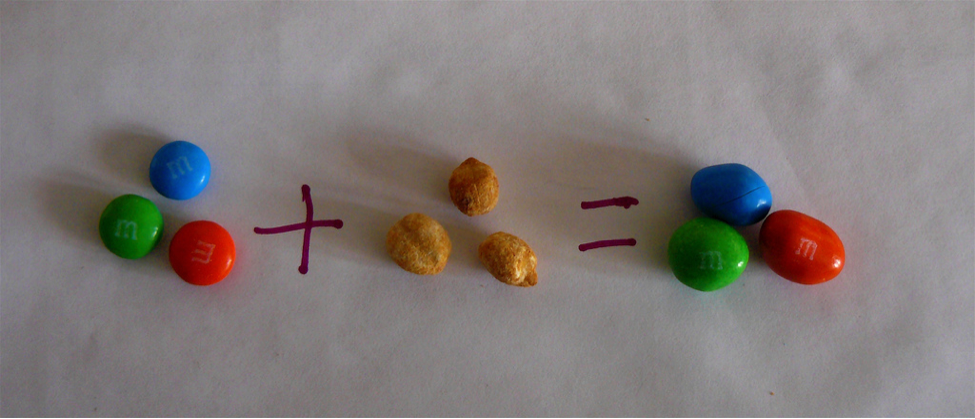Hi, Veronica Olazabal, M&E Director at Nuru International, here. Having worked in the international development sector for some time and driven by the belief that evaluation is a bridge to effective poverty solutions, assessment of integrated development programs is a passion of mine. At Nuru, a social venture that aims to eradicate poverty in remote rural areas in Africa, we use a combination of approaches to measure the breadth and depth of our programs’ impact. We measure the “parts”—impact of each program—and the “sum of the parts”—the composite programmatic impact on poverty. In operationalizing this strategy over the last few years, here’s what we’ve learned:
- Be clear about your definition of poverty from the start. Is poverty based on income or something else? At Nuru, poverty is multidimensional and aligned with Amartya Sen’s definition on access to meaningful choices.
- Find a tool that aligns with your definition of poverty. Rad Resources: For multidimensional poverty, try the Multidimensional Poverty Assessment Tool (MPAT) or Multidimensional Poverty Index (MPI). For income-based poverty, try the Progress out of Poverty Index (PPI).
- Define your comparison. We have learned from others, and from our own trial and error, that we need a point of comparison. We use comparison farmer households to follow year-to-year changes, national data tools for broader regional comparisons, and comparison of new to returning Nuru farmer households over time.
- Articulate clearly how the program will lead to poverty change. Define your theory of change: Is change a step-by-step process? Is it a graduation model? Is it driven by a vertical solution? At Nuru, our programming is sequentially layered. This intentional design allows us to isolate the impact of each program on the sum as each is operationally layered on.
- Manage your stakeholder’s expectations. Many poverty experts believe that change takes many years and is too complicated to actually measure. Others believe that catalytic programs may drive marginal levels of change faster. Ensure that your stakeholders’ expectations are clear, both in commitment to programming and measurement.
- Don’t forget costs. At Nuru, we are deliberate about cost-effectiveness and achieving financial sustainability. Thus, we are intentional about ensuring that every data point counts toward strategic decision-making (i.e., how to scale, iterate, etc.). If we can’t use it, we lose it.
We are still learning and expect to “calibrate” our programs and measurement strategy over time. If you have experience in this space, please reach out.
More Rad Resources
- Oxfam Blog: How can we improve the way we measure poverty? by Duncan Green
- Macro-level Drivers of Multidimensional Poverty in Sub-Saharan Africa: Explaining Change in the Human Poverty Index by Heath Prince


